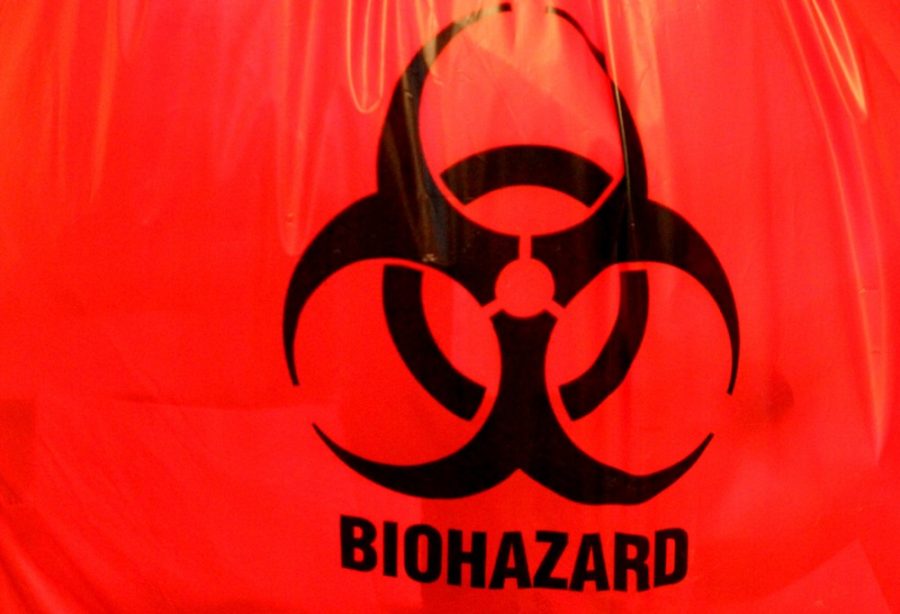Research laboratories produce results, but they also produce hazardous waste from the chemicals and biological materials they use, waste that must be disposed of in a safe and controlled manner. For the UA, this job falls to the Office of Radiation, Chemical and Biological Safety.
At the UA, only hazardous radioactive waste is directly disposed of by the department, and even then, this is only for certain types of waste. Most radioactive waste has a short half-life.
“A half-life is the amount of time that the material takes to become half of what is was,” said Dan Silvain, director of ORCBS. “We consider seven to 10 half-lives to be pretty much dead.”
For the most part, the waste is stored in a secure facility until the seven to 10 half-lives have passed. After, it is tested with a Geiger counter to ensure it is inactive and the waste can be disposed of safely, Silvain said.
Overall, the amount of radiation the UA has is minimal.
“We are a speck of sand compared to the amount of radiation in things like nuclear power-generating plants,” Silvain said.
Radioactive substances with a long half-life, biological hazardous waste and chemical waste are all disposed of externally.
ORCBS manages the waste and packages it before it goes out through commercial vendors. Biological waste from laboratories is placed in red biohazard bags and then placed for storage or pickup by commercial companies.
“The contractor has a massive autoclave, and they autoclave it and then it goes to the public waste stream,” said Crystal Cardoza, senior biosafety coordinator of ORCBS. An autoclave is a pressure system that uses steam to sterilize biological waste.
The waste is then de-identified by placing the red bags in other containers so they aren’t seen. Some biological waste, including body parts and certain pathogens, are incinerated, Cardoza said.
Like biological waste, chemical waste isn’t disposed of by ORCBS. A corporate entity called Clean Harbors picks up the waste every 90 days and brokers the waste to the organization that offers the best price. The waste can go to other states as well, though the UA ensures it isn’t sent to states with inadequate regulations, said Richard Wagner, manager of chemical safety at ORCBS.
The transport of hazardous materials is heavily regulated. The 49-CFR is a massive book of regulations for ground transport. Similar protocols are in place for air transport and chemical transport. ORCBS follows these guidelines for packaging and transport, one of its many responsibilities, Wagner said.
ORCBS combined existing departments and its creation brought with it the implementation of new policies. An extensive database existed for the radioactive materials at the UA; now, a similar system is in place for biology and will soon encompass chemistry as well.
“It’s all been centralized and digitized,” Wagner said.
This isn’t the only change that has been put into place. Training has gone from online to face-to-face, and scheduled inspections provide a space for researchers to ask questions and learn more about the regulations in place.
“More than just waste, you’re fixing the safety culture,” Cardoza said.
_______________
Follow Amy Nippert on Twitter.









